The Cast Iron Chemistry

By: Daryl Jedreann V. Dauden
We have been searching for ways on how to maintain the quality of cookware. But instead, we came across the principle of seasoning a cast iron cooktop. This is a process of preserving and protecting cast iron cookware from rust. We all know that iron is a metal that can corrode and rust due to the oxygen and the air’s moisture. Therefore, it can be said that iron, as spongy compound and hard it can be, is actually not completely solid but can really be quite rough and in time. In addition, though cast irons are incredibly durable, it also unusually delicate. Meaning, a drop of water sitting in your cast iron can leave a rust spot. They say that in order to protect that nice black surface of this certain cookware, a thin layer of hardened oil must coat it – this process is called “seasoning.”
This process is pretty easy to do. Especially when one owns a gently used cast iron; re-seasoning can help it last a lifetime.
First, let’s learn how to pre-season:
Pre-Season Step 1: Wash your pan
There are sayings that one shouldn’t be cleaning his/her cast iron cookware with soap, but others do not totally agree. Sara Chodosh, writer of “Seasoning Your Cast Iron Pan Isn’t Enough” says: “a well-seasoned skillet has enough of a coating that a little surfactant won’t hurt it.” In general, clean water is still the best way but if your cast iron cookware has eroded, put a drop or two of mild soap, use a scraper or a steel net to scrub the red color spot (rust) of the cast iron and thoroughly wash it.
Dasalla’s Tip: Oven cleaner is one of those junked suggestions to easily strip off the iron dirt for it contains harmful chemicals. Please take note of this tip with great caution. You may also put a quarter-inch of water in the cast iron skillet and boil the water in the skillet. About 80% of the time, whatever was stuck just goes. Then scrape using a spatula or brush the skillet.
Pre-Season Step 2: Dry your cast iron cookware
Get a paper towel and dry the pan. Pop it on the stove over low heat so that any residual water droplets will evaporate.
Dasalla’s Tip: If there is still just a little bit of something sticking in the pan’s edges and a paper towel alone doesn't do the trick, apply a little salt on the grime. The salt usually gives just the right amount of scrape to remove the sticky portion without scratching the seasoning off of the cookware.
Now we season the cast iron pan. Known for constructing rugged cast-iron cookware for more than a century, Lodge strongly recommends seasoning cast iron cookware. For a pan like a cast iron to last for generations, seasoning is baking a pan to give a little extra care by an oil onto cast iron and carbon steel. It gives your cookware that classic black patina. Seasoning forms a natural, easy-release cooking surface and helps prevent your pan from rusting (All About Seasoning by Lodge).
But what's the science behind seasoning? When the oil is heated in cast iron, it bonds with the metal through a process called polymerization, creating a layer of seasoning. With regular use, your cast iron cookware will develop a strong, durable layer of seasoning that becomes more resistant to rust and more nonstick—it only gets better over time.
 Lodge 2-Quart Cast Iron Serving Pot | $42.95 Lodge 2-Quart Cast Iron Serving Pot | $42.95
|
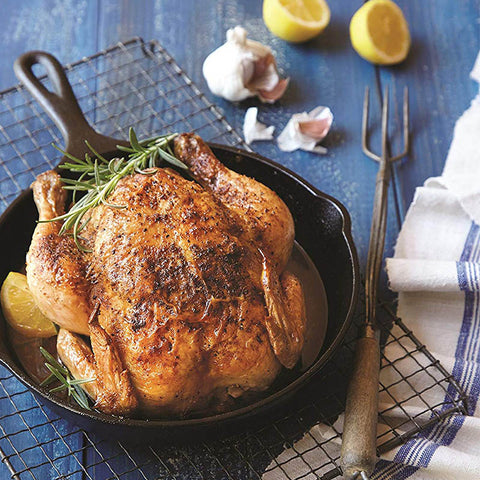 Lodge 10.25" Skillet With Glass Lid | $79.95 Lodge 10.25" Skillet With Glass Lid | $79.95
|
 Lodge 10.25" Cast Iron Skillet | $39.95 Lodge 10.25" Cast Iron Skillet | $39.95
|
 Lodge 8" Cast Iron Skillet | $18.95 |
 |
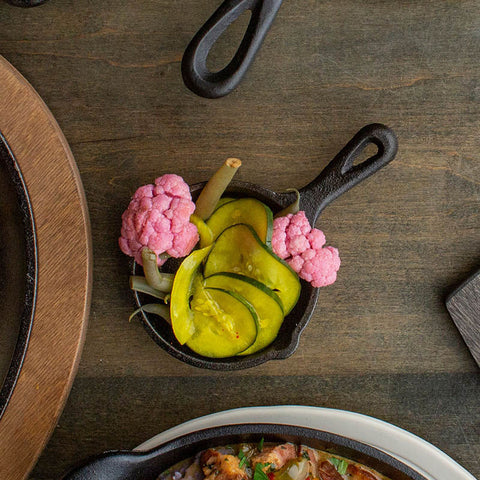 Lodge Logic Miniature 2-Piece Skillet Set | $17.95 |
Oil is the secret ingredient in seasoning your cookware and it pays to use the right grease. After pre-seasoning (washing and drying), rub a very light layer of cooking oil or seasoning spray onto the surface of your cookware. Use a paper towel to wipe the surface until no oil residue remains.
Dasalla’s Tip: Clean and oil your cookware after every use. Some activities may remove a bit of your seasoning, such as cooking acidic foods, using excessive heat, or scrubbing with abrasive utensils or scouring pads; that's why our simple cleaning steps have you rub oil into your pan after each use to ensure the seasoning remains intact for quality cooking.
Speaking of oil, some prefer to use soy-based vegetable oil to season a cast iron and carbon steel. Traditionally, lard was used to season cast iron, and while that is still okay, Lodge does not recommend it unless you frequently use your cookware. If the cookware is stored for too long, lard and other animal-based fats can go rancid. All cooking oils and fats can be used for seasoning cast iron but based on availability, affordability, effectiveness, and having a high smoke point, Lodge recommends vegetable oil, melted shortening, or canola oil, like our Seasoning Spray. But if you have an extra budget for a high-quality flax oil or linseed oil, that’s better. Please remember to use oil with no synthetic chemicals added as it may affect the finish of the cookware and thus, your health. The oil must not contain animal fat, peanut oil, or paints.
After applying oil onto the surface, the pan should look dry, not gleaming with oil. You may start putting the pan upside down in a cold oven. Some say to put aluminum foil under it to catch any drips, but if your oil coating is as thin as it should be, there won’t be any drips.
Turn the oven to a baking temperature of 500°F or as high as your oven goes. Let the pan preheat with the oven. When it reaches temperature, set the timer for an hour. After an hour, turn off the oven but do not open the oven door. Let it cool off with the pan inside for two hours, at which point it’s cool enough to handle (How to Cast Iron Skillet Non-Stick and Lasts a Lifetime by Sheryl Canter). Once done, store the pan in a safe place. On the other hand, Taste of Home suggests to keep your cast iron out on the countertop or stovetop, as long as it's moisture-free—far removed from the kitchen sink area. Stow in the oven: Ovens make a great storage space for cast iron—but only if your pans are free of wooden parts.
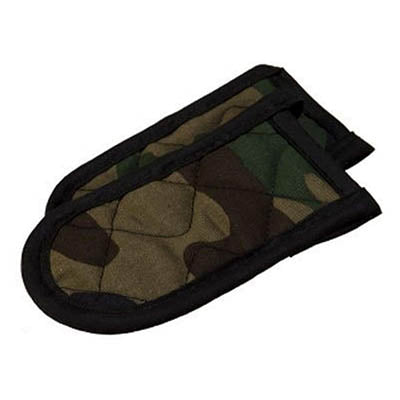 Lodge Camouflage Hot Handle Holders, Set Of 2 | $8.95 Lodge Camouflage Hot Handle Holders, Set Of 2 | $8.95
|
 Lodge Silicone Handle Holder For Carbon Steel | $9.95 Lodge Silicone Handle Holder For Carbon Steel | $9.95
|
 Lodge Silicone Assist Handle Holder | $7.95 Lodge Silicone Assist Handle Holder | $7.95
|
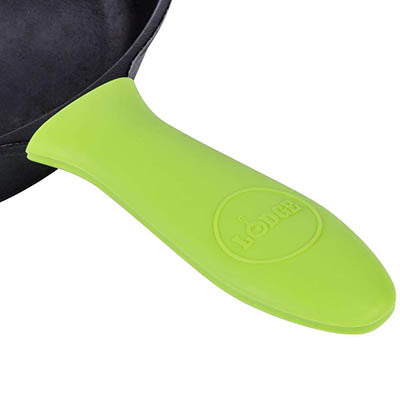 Lodge Silicone Hot Handle Holder, Green | $7.95 Lodge Silicone Hot Handle Holder, Green | $7.95
|
Make the most of your cast iron collections and don’t forget to take good care of them!
- Tags: CAST IRON LODGE CAST IRON staub



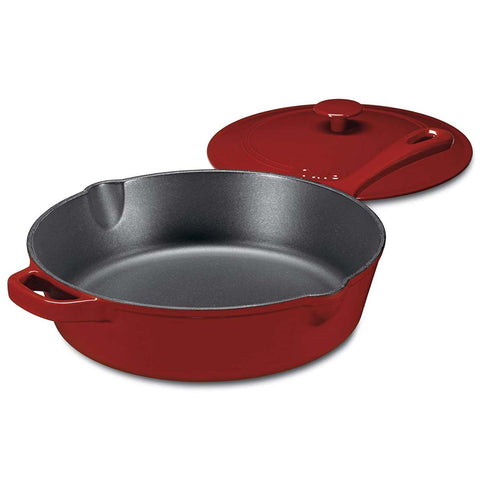

Comments 0